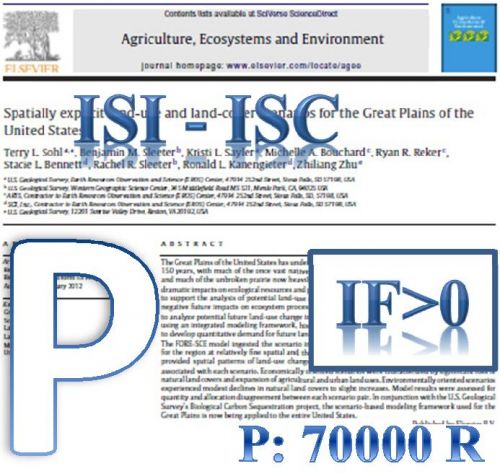Multi-Walled Carbon Nanotubes (MWCNTs) surfaces were serially modified by the annealing treatment under Helium flow at 1000oC, the nitric acid treatment and again the annealing treatment under same conditions and their maximum adsorption capacities for benzene and toluene were measured and analyzed. The unmodified and modified MWCNTs were characterized by Fourier Transform InfraRed (FT-IR) and Raman spectroscopy techniques and Brunauer–Emmett–Teller (BET) specific surface area measurements. The results revealed that the nitric acid treatment leads to form the functional groups and defects on the MWCNTs surfaces and increase their specific surface areas while the annealing treatments remove the functional groups and defects and therefore improve the structural integrity of the MWCNTs and enhance the - interaction between the MWCNTs and the toluene/benzene. According to the measurements of the maximum adsorption capacities, both acid and annealing treatments increased the adsorption capacity of the MWCNTs for both the benzene and toluene. It can be finally concluded that the adsorption capacity of the carbon nanotubes for the aromatic organic adsorbates such as benzene and toluene not only depends on their specific surface area but also is influenced by the structural integrity of the carbon nanotubes.
کلید واژگان :Surface modification; Carbon nanotubes; Adsorption; Aromatic contaminants.
ارزش ریالی : 1200000 ریال
با پرداخت الکترونیک
